
It is a common scenario - someone, maybe a single person or maybe a family, walks into a pet store or animal shelter. They hem and haw, pet and cuddle, and make all sorts of exclamations. A few moments later, they walk out with the "perfect" dog or puppy in tow, ready to start out on their new life together. It may be a big dog or a small dog, an older dog or a younger puppy - everyone's idea of the "perfect" dog is a little bit different. However, all dogs, big and small, young and old, can benefit from dog training. Puppy potty training can take your puppy from a cute little mess to an ideal housemate and beyond.
The start: Puppy Training
The majority of training for puppies is designed to make them better household companions. For the average family pet, training will often not extend beyond this phase. Trainng your puppy to use a potty pee pad is one of the most daunting challenges for most new pet owners. For working and competitive dogs, this aspect of training is only the beginning. The most popular type of training for dogs(so popular, in fact, that many people do not even realize that it is training) includes things like training your dog to walk on the leash, house and potty training your dog, and simple commands like "sit" and "drop it," as well as basic social behaviors. It is easiest to begin puppy training at an early age, though if you acquire an older dog, you can train with him or her as well. Dogs are happiest when they know what is expected of them, and training helps to make those expectations clear. Training your dog is also a great way to strengthen the bond between dog and owner.
Competitive Dogs
The next step in training would be for competition. Some owners use dog training to teach their dogs tricks, like catching Frisbees on command, fetching items, or helping them with a freestyle routine. Other dog owners will use training to teach them to run agility courses, pull sleds, or do other activities. This level of training requires a strong bond between dog and owner, as well as a willing subject. Puppy training at this level is not something that you can do once and then go on with your life - it requires daily practice and commitment. Many of the professionals you see competing in agility trials or other competitions have been working with their dogs for years to conduct the training required.
Working Dogs
An even more stringent dog training method is required for working dogs. Working dogs assist people in a variety of fashions - they can be trained to sniff out drugs or contraband in airports, trained to assist the handicapped or disabled, or even trained as members of the police force or military. The dog training required for these dogs often takes months, if not years. Specific dogs are chosen from a young age to participate in this type of dog training, and often specific breeds are preferred due to breed characteristics. Only a few of the dogs that start on this dog training program end up being successful enough to have a career as a working dog. Training can come in a variety of styles for a variety of purposes. Even so, nearly any dog and owner can benefit from dog training.
http://www.cheappuppypads.com Our pee pads are designed with a super absorbent polymer and eco-friendly material to assist in making your potty training task a success. Please visit our section on training tips for more information on how to potty train your puppy.
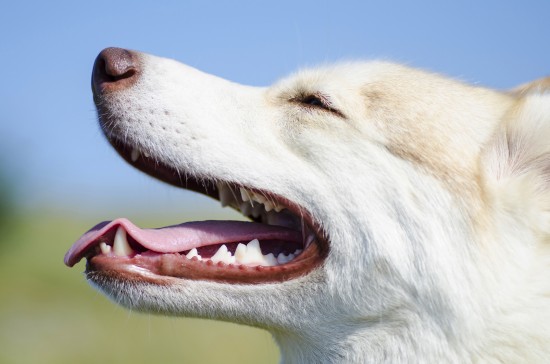 Preventing Secondary Issues That Can Be Caused By Dental Disease In The Dog
Preventing Second
Preventing Secondary Issues That Can Be Caused By Dental Disease In The Dog
Preventing Second
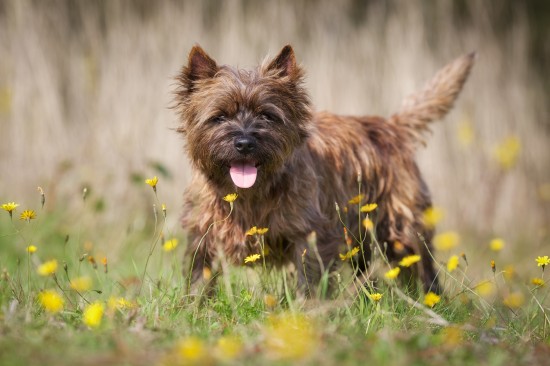 Grooming Tips For A Cairn Terrier Puppy
Grooming Tips For
Grooming Tips For A Cairn Terrier Puppy
Grooming Tips For
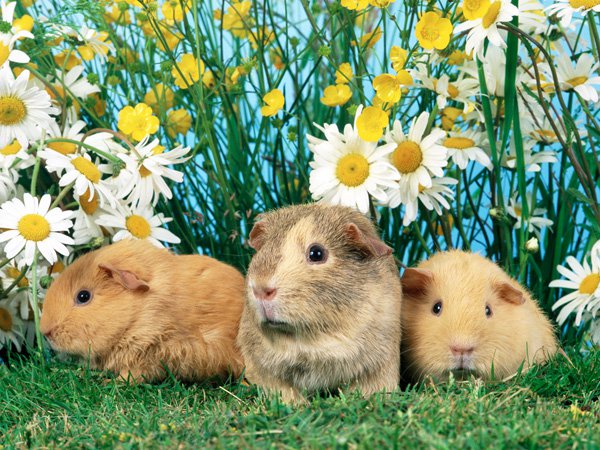 Planning For A Pet Friendly Vacations - Consider Few Important Things Before Going
Planning For A Pet Friendly Vacations - Consider Few Impor
Planning For A Pet Friendly Vacations - Consider Few Important Things Before Going
Planning For A Pet Friendly Vacations - Consider Few Impor
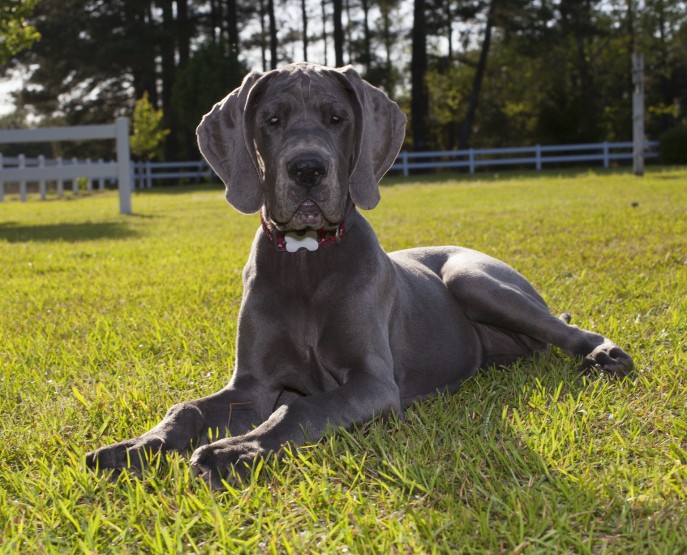 How To Decide Upon A Puppy Food For Large And Giant Breeds Of Dog
How To Decide Upo
How To Decide Upon A Puppy Food For Large And Giant Breeds Of Dog
How To Decide Upo
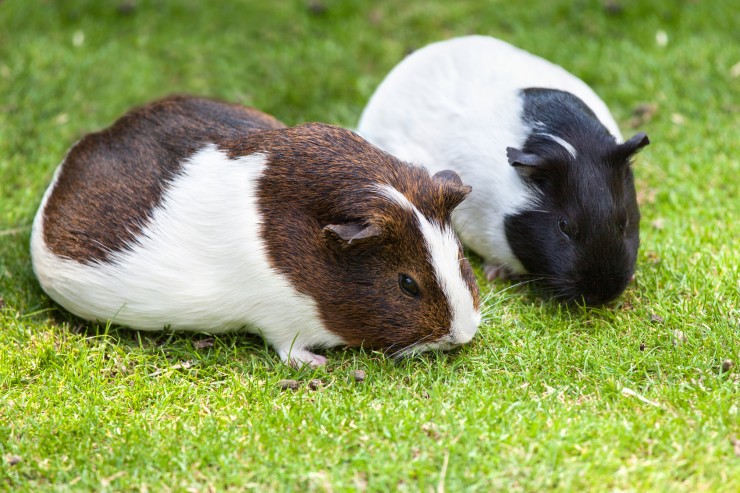 Guinea Pigs And Their Need For Companionship
Guinea Pigs And T
Guinea Pigs And Their Need For Companionship
Guinea Pigs And T
Copyright © 2005-2016 Pet Information All Rights Reserved
Contact us: www162date@outlook.com